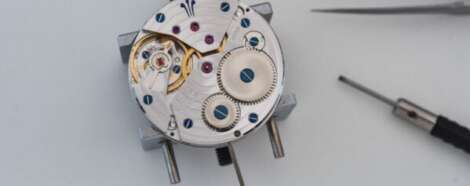First Look – Girard-Perregaux Launches the Calibre GP4800, its Next-Gen, In-House Movement with a Silicon Escapement
Girard-Perregaux has an extensive track record in watchmaking and is one of the most enduring integrated manufactures of the Swiss watch industry. In the 1980s, at a time when the quartz crisis had crippled mechanical watchmaking, the brand was among the first to champion the renaissance of traditional movements. Today, Girard-Perregaux announces the launch of […]








